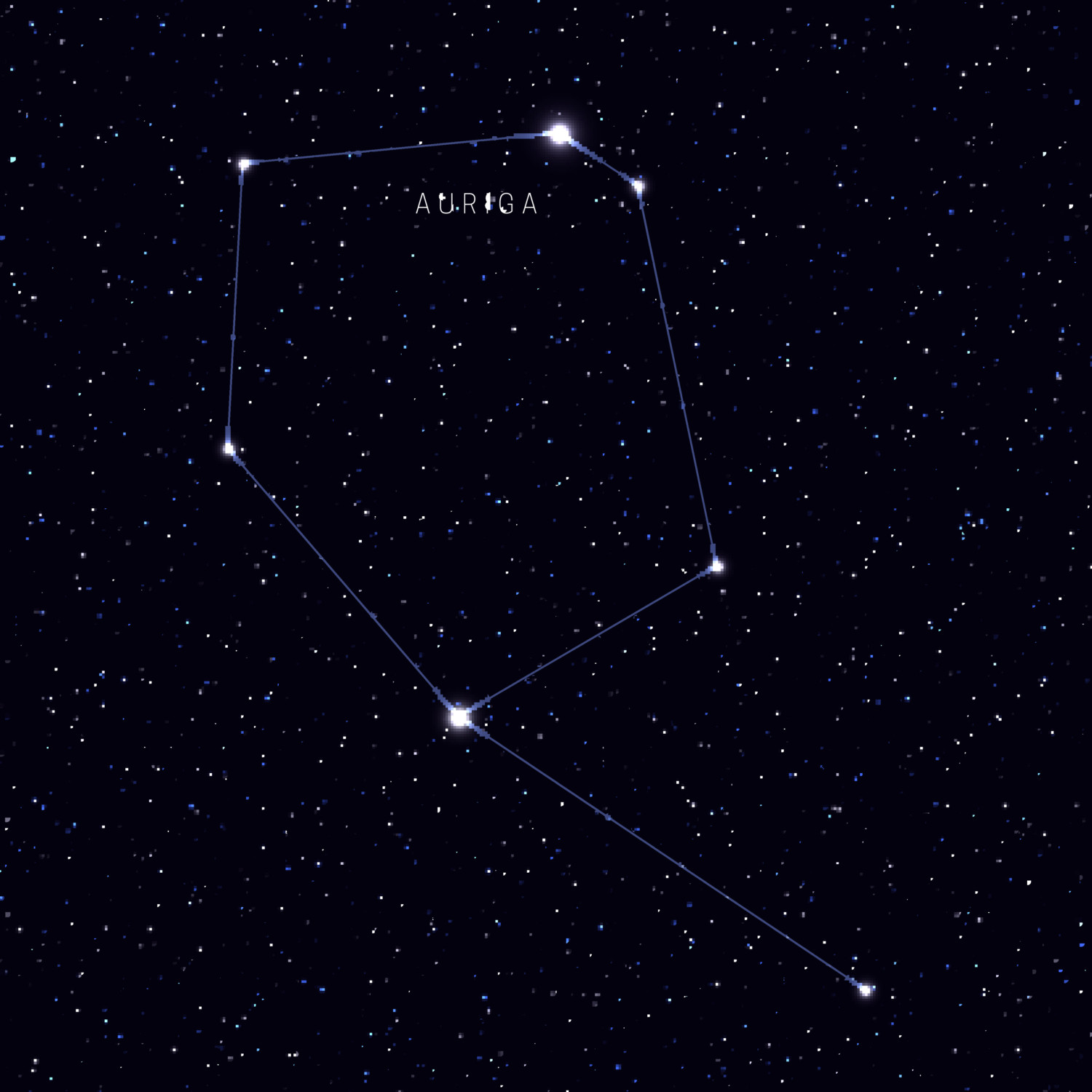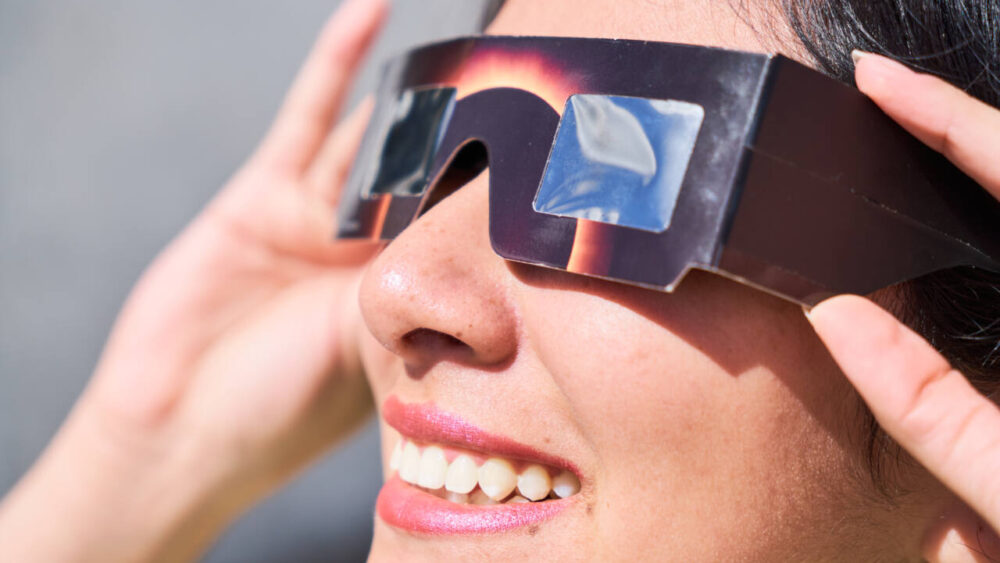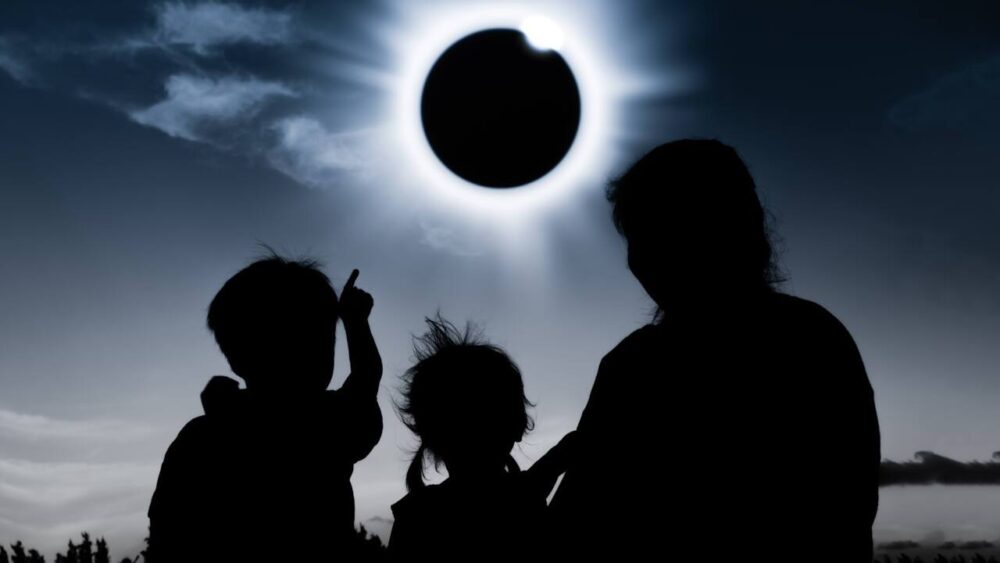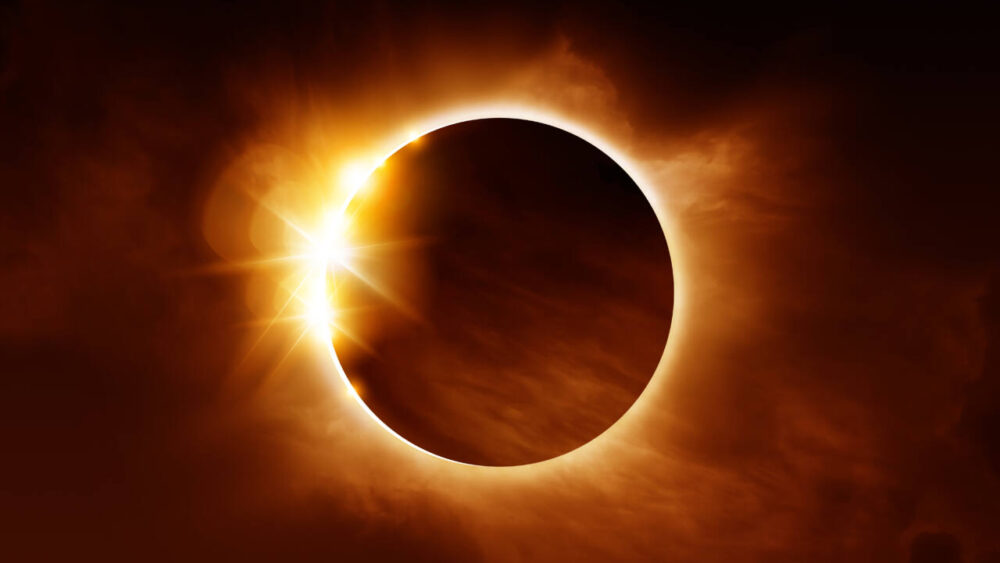How to see the star that flashes red and green this time of year
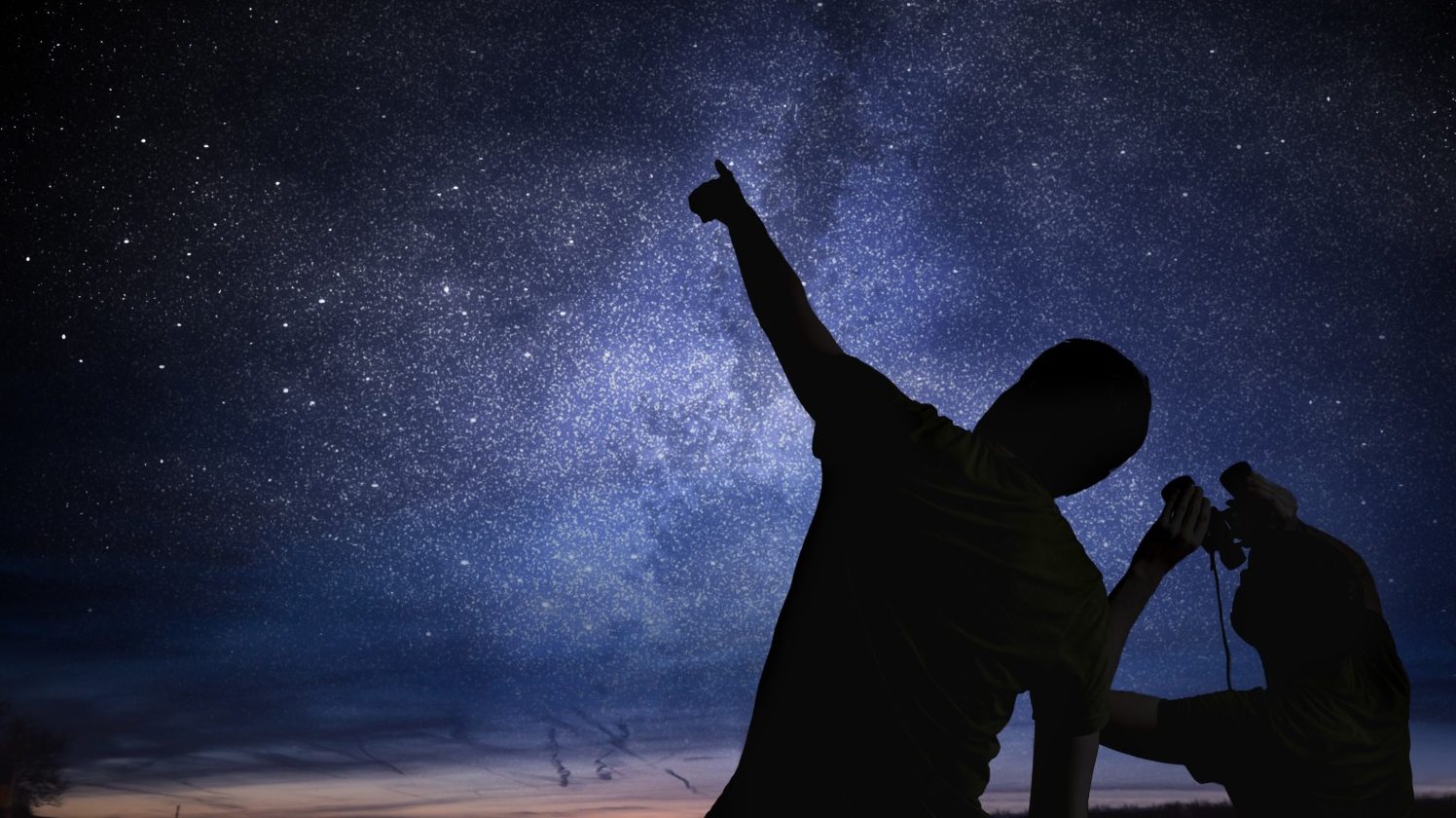
Every fall in the Northern Hemisphere, watchful stargazers can spot an exceptionally bright star that appears to flash red and green.
Look to the northeast — low in the sky in the early evening and moving directly overhead by the early morning — and you’ll see the star Capella.
The star is especially easy to spot on clear nights in late October and early November because this single star is actually two golden stars, both of which are bigger and brighter than our sun.
Their size and brightness make the Capella star the sixth brightest object in our night sky. Capella, the Goat Star, is part of the constellation Auriga, known as the Charioteer.
You can use the Big Dipper to find Capella this time of year unless you’re too far south to see these constellations in November. The pointer stars that help you find the North Star, Polaris, also lead you to Capella if you look straight east.
If you want to see this star twinkle red and green like a Christmas light that’s been hung too early, the best time to spot it is right at nightfall when the star is lowest in the sky. Find a clearing away from any city lights and look to the northeast just above the horizon.
When the star is low in the night sky, the star’s light must travel through more of the Earth’s atmosphere to reach our eyes.
The atmosphere refracts the star’s light, similar to how a crystal creates a rainbow effect with the sunlight. So we see Capella’s light as red and green flashes.
As the night wears on and Capella climbs higher in the sky, these red and green glimmers eventually disappear because the amount of refraction decreases.
It’s easy to witness this flashing phenomenon all thanks to Capella’s size, brightness, and location in the fall sky.
Follow Meteorologist Jason Meyers on Twitter or watch one of his entertaining and educational YouTube videos.


